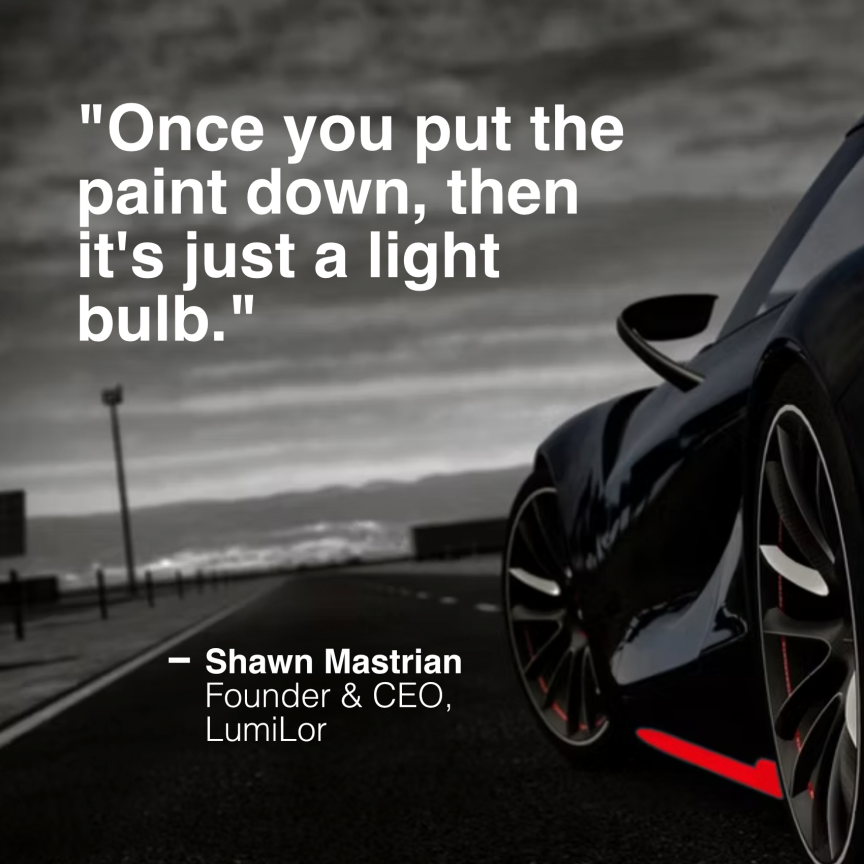Jessica Rowbury reports from a Photonics West lighting panel session, where consumer adoption was discussed
Educating the general public and retailers, and labelling products more clearly, will be necessary for improving the penetration of LED lighting into homes, speakers commented during a panel discussion on solid-state lighting at Photonics West.
The speakers at the industry event, which took place on 31 January in San Francisco, were responding to a member of the audience asking why many consumers still haven’t adopted LEDs in their homes, and why the quality of LED light can be poor and degrade over time.
Clifton Stanley Lemon, president of the San Francisco section of the Illuminating Engineering Society (IES), disagreed that LED light is of poor quality, stating that it has the potential to be far superior to light produced by incandescent bulbs or compact fluorescent lamps (CFLs). However, it can be difficult for consumers to shop for the right bulb at shops and differentiate between good and bad quality products.
‘LEDs are capable of being considerably better than incandescent in every respect,’ he said. ‘Of course I’m in the industry, but you can get a good quality $5 lightbulb – you have to look for them though. It is difficult for the average person. Even when I go to the store I struggle to see a CRI [colour rendering index] label on any of the bulbs, which tells you the accuracy of the colour.’
Robert Steele, a solid-state lighting consultant, added that there are cheaply made, poor-quality LED products on the market, which consumers should be made aware of: ‘The retailers need to educate the customers,’ he said.
Dima Simonian, colour scientist at Telelumen, said that the cost difference between the poor quality light sources and true LEDs with excellent light quality is not huge. ‘So, if people knew about the dramatic differences between low and high quality, they would pay a little bit more to get the better quality product,’ he said.
Steele pointed out that it’s also important to provide guidance on colour temperature – either on the product label or to consumers directly – as this has a huge effect on the light’s appearance: ‘People will buy something that’s 5,000 kelvin, which will look really blue. So education is important.’
Aaron Smith, director of technology at Finelite, agreed, and said that with the advent of new technology there is much more choice, which can confuse consumers. ‘With incandescent lighting there was always just one colour – it was that way for a very long time. Now, there is a plethora of choices, and the ability to pick the right light source becomes more complicated,’ he commented. ‘So, education is definitely needed – to help consumers with the scene, understand the differences between light sources, how the light will look and the effects of light in different situations.’
However, Steele added that part of the transition to LEDs involves consumers getting used to the slight differences in how LEDs look compared to the traditional bulbs.
‘One problem is that even though…you can buy an LED lightbulb with a colour temperature of 2,700 kelvin [the same as an incandescent bulb] the spectrum is different – you’re not replicating the spectrum of an incandescent source,’ he noted. ‘So, it will look a little different – part of it is just getting used to this new source.’
A bright revolution
The lighting industry has gone through a massive transition in the last five to six years, noted Steele, as the adoption of LED products in general lighting has grown from around zero to representing more than half of the sales of the $80 billion lighting market (a combination of lamps, bulbs and fixtures) last year.
‘If that penetration continues, in the next four to five years we could see LED lighting representing pretty close to 100 per cent of all general lighting around the world, bar a few specialised applications where legacy lighting may still play a role,’ he commented.
The primary driving force for adoption up until now has been energy efficiency, Steele commented. However, following the first stages of penetration, other advantages of LEDs have come to the forefront – such as the option for digital control and broad wavelength offerings – which have helped drive uptake further.
He mentioned applications such as healthcare and indoor horticulture that are benefitting from solid-state lighting. ‘There’s a whole range of applications that are now enabled by LEDs that you just couldn’t do with legacy lighting sources,’ Steele said.
Clifton Lemon said that it’s hard to predict the full scale of the lighting revolution, as there will be applications that emerge that are impossible to predict today. He gave optogenetics as an example of a use for LEDs that nobody could have predicted ten or so years ago.
‘LED lighting is going to exist in all of the traditional applications we already know about, plus many new ones that we can’t even begin to imagine – plus everything in between,’ he said.


